Ernest Thesiger’s
Friends and Associates



Percy Grainger, pianist and composer
Cyril Scott, composer, author, poet and occultist
Eva Moore, actress and suffragist
Ivy Compton-Burnett, novelist
William Lygon, Earl Beauchamp

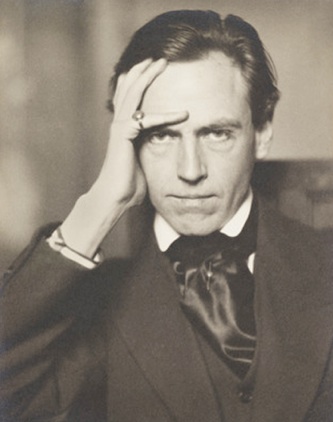
Hilda Moore, actress and suffragist

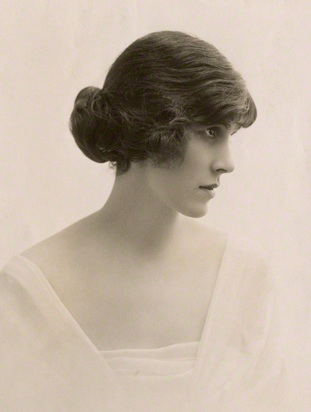

In 1904, Cyril Scott dedicated two compositions to Ernest; “Pierrot Gai” and “Pierrot Triste.”

Listen to “Pierrot Triste” on an Ampico B Reproducing Piano, performance recorded in 1924.
Ernest first worked with Eva Moore in 1909 in the musical play “Old Heidelberg.” In 1911 they worked together again in a one-act political play in promotion of women’s right to vote, “Alice In Ganderland,” with Eva as Alice and Ernest as the Mad Hatter. They would appear together on film in 1932 as brother and sister in “The Old Dark House.”
Hilda and Eva Moore were among those who attended Ernest’s wedding to Janette Ranken in 1917.
Ernest was a close friend of Ivy Compton-Burnett. Janette was a friend of Ivy’s companion, the writer Margaret Jourdain.

Patron of William Ranken, who painted various portraits of the Lygon family in the 1920s. Ernest and Lord Beauchamp shared interests in art and embroidery. For gossip about Ernest and the Earl, see the Gossip page.
Queen Mary
Detail of a portrait of Queen Mary by William Ranken, 1923.

Ernest was a gregarious person; those represented here are only a few of the interesting people with whom he associated.
Ernest spent many hours with Queen Mary working on embroidery and other needlecrafts.
Ernest with Bernard Shaw and actress Ellen Pollock at the Malvern Festival, 1932.
George Bernard Shaw
Ernest appeared in a number of Shaw plays and was one of the author’s favorite actors. The role of the Dauphin in “Saint Joan” was written for Ernest by Shaw.
“Percy certainly was a most lovable creature, so full of enthusiasm and strange Australian slang. His letters were almost unintelligibly original in their phrasing, and he carried this trait into his composition. Instead of the usual ‘molto crescendo’ Percy would put ‘Louden lots,’ and such expressions as ‘Breathe when blown’ or ‘Louder hugely’ enliven his MSS.”
Ernest Thesiger, Practically True
F. S. Kelly, musician, composer, Olympic rowing gold-medalist
Kelly by John Singer Sargent, 1914

Dame Nellie Melba, soprano

Melba presented Ernest with gifts of jewelry including a tie pin and cufflinks set and a zircon ring which he frequently wore.


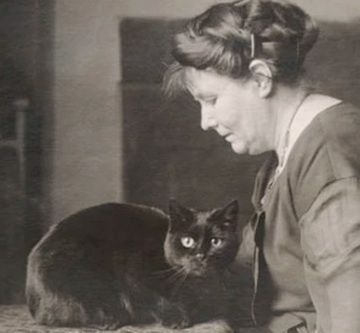
May Sinclair, novelist
It is likely that the rebellious Viola Thesiger in Sinclair’s novel The Belfry was inspired in part by her friend Ernest.
“(May Sinclair) has an uncanny knowledge of morbid pathology and sex-instincts, very surprising in one of so mouse-like an appearance. Even now that I know her so well, I am careful what I say, when I am confronted by someone who looks more like a nursery-governess than a brilliant writer, and whose knowledge of the world and keen sense of humour are locked away behind a prim, pinched smile; and every time I read one of her books I wonder how anyone looking so reserved and conventional can know all the dreadful things she does.”
Ernest Thesiger, Practically True
(Marguerite) Radclyffe Hall, novelist
According to Violet Hunt’s 1917 diary, Ernest proposed marriage to Radclyffe Hall, but was refused.
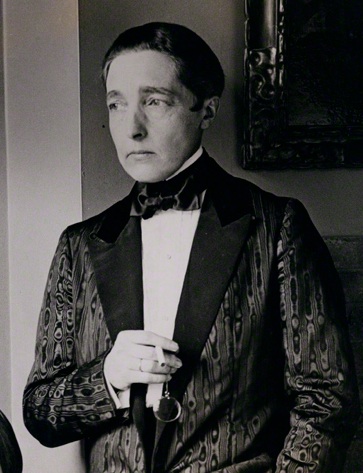
Ernest participated with the Princess in a number of charities. The playwright Arnold Bennett wrote in his diary about meeting her at a luncheon at Ernest’s house in 1924; “Seemed a fairly sensible woman and pretty wise. Said nothing in particular but said it neatly, used of course to deference, which she received in plenty, though Thesiger teased her the whole time.”
Princess Marie Louise
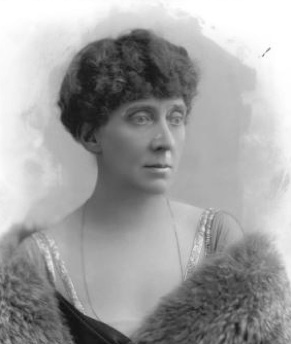



John Singer Sargent, portraitist
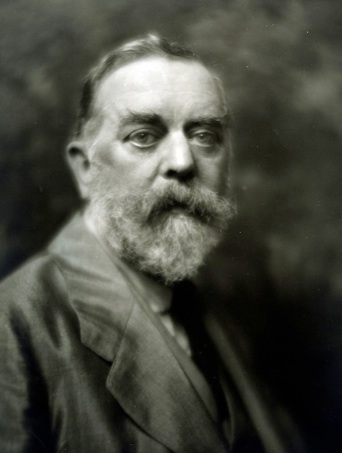
Hugh Walpole, author
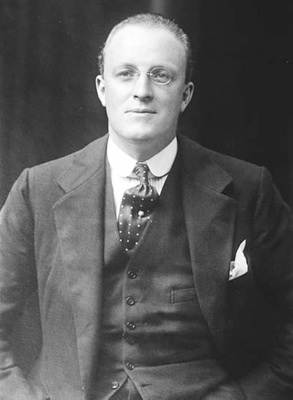
“I had pictured him so often! Slim, dark, slightly sinister-looking, clean-shaven, exquisitely dressed. I felt that I could have picked him out from among a crowd. When I was confronted with a bearded giant, uncouth and inarticulate, I felt I had been cheated. But that was only because I didn’t know him. I doubt if anyone really knew him, he had such difficulty in expressing himself except in paint; but I eventually got over my shock, and lost some of my terror of this big shy man.”
“...it would take a book the length of his own masterpiece, The Old Wives’ Tale, to say all there is to say about that extremely lovable person. He is at the same time the most large-minded and the most prejudiced of men, as obstinate as a mule and yet quite ridiculously pliable. There is nothing bad enough for those whom he dislikes, but he will not allow a word to be said against anyone who is a friend.”
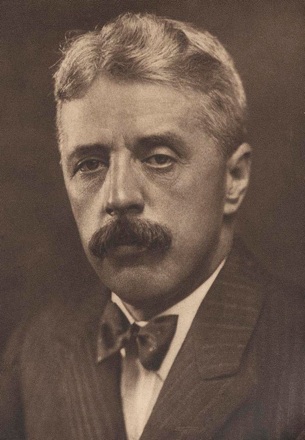
Arnold Bennett, novelist, playwright
“...Hugh Walpole became a friend of mine when he first came to London, a gauche young man, whose socks hung round his ankles until I persuaded him to wear sock-suspenders, but fired with ambitions, social and literary.”
Ernest Thesiger, Practically True

“The next time I met this Mr. Butler was at a garden-party at Lambeth Palace, and he spent the afternoon filling me with ices and strawberries and cream. We met several times after that, and he was always extraordinarily friendly and kind, and had his appearance been less repugnant to me I should have completely succumbed to his charm. I am afraid that I was too young to appreciate him fully and, as I say, too much prejudiced by his appearance.”
Ernest Thesiger, Practically True
Samuel Butler, author
Ernest Thesiger, Practically True
Ernest Thesiger, Practically True
Crowley wrote to Ernest asking him to recite Crowley’s “Hymn to Pan” at Foyles 23rd Literary Luncheon on September 15, 1932, but I have not been able to determine if Ernest actually gave the recitation.
Aleister Crowley, occultist



